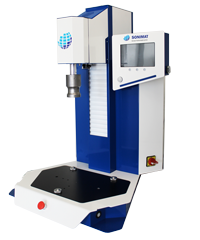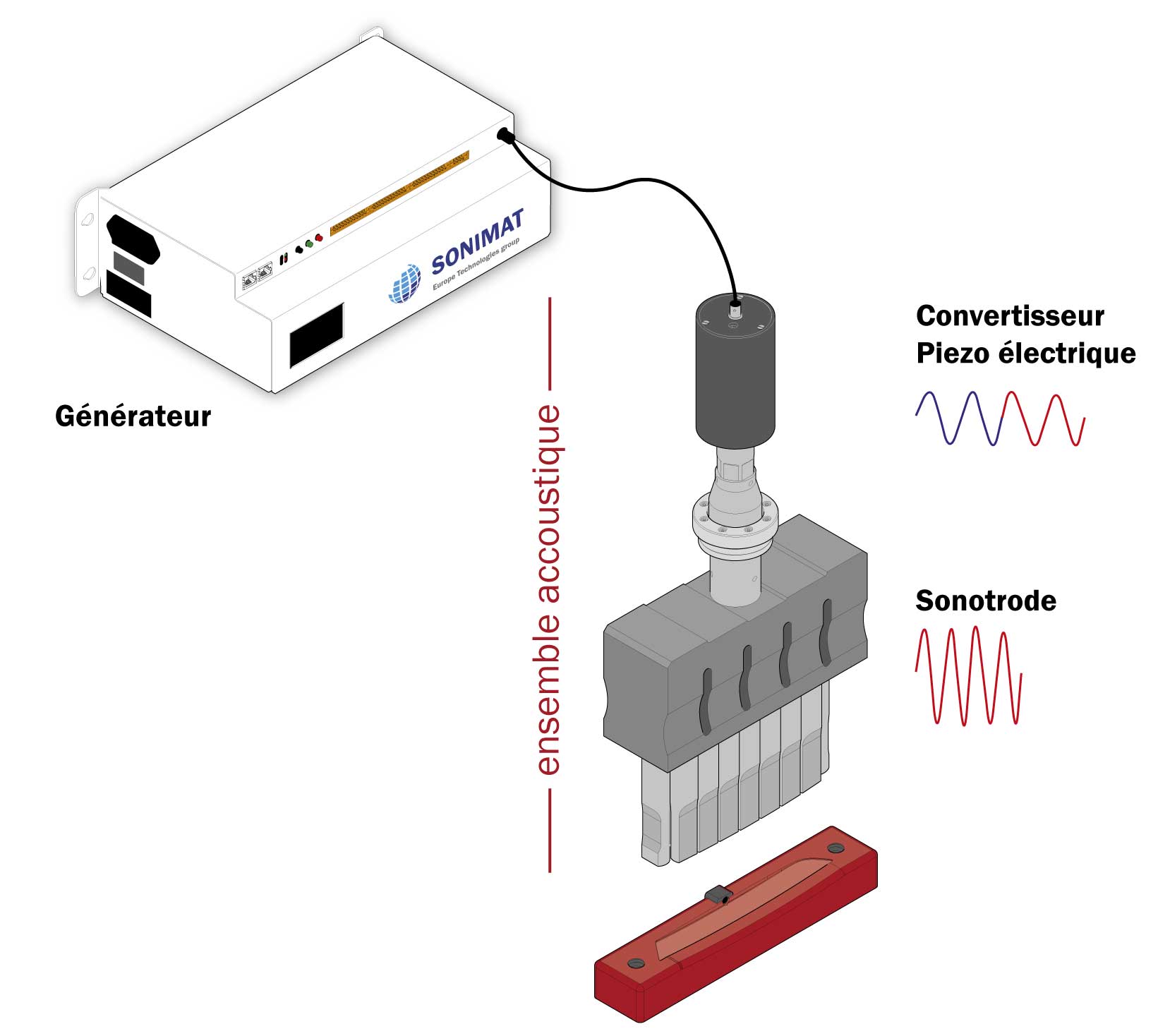- Home
- >
- Plastics
- >
- Technologies
Ultrasonic plastic welding
- Company
- Composites
- Fabrics
- Food-industry
- Food-industry
- Technical center
- Products
- Technologies
- Technologies
- Ultrasonic slicing
- Packaging
- Plastics
- Metal
- Metal
- Product
- Product
- metal welding machine
- Technology
- Technology
- Ultrasonic metal welding
- News
- News
- News
- Shows and events
- Downloads
- Contact























